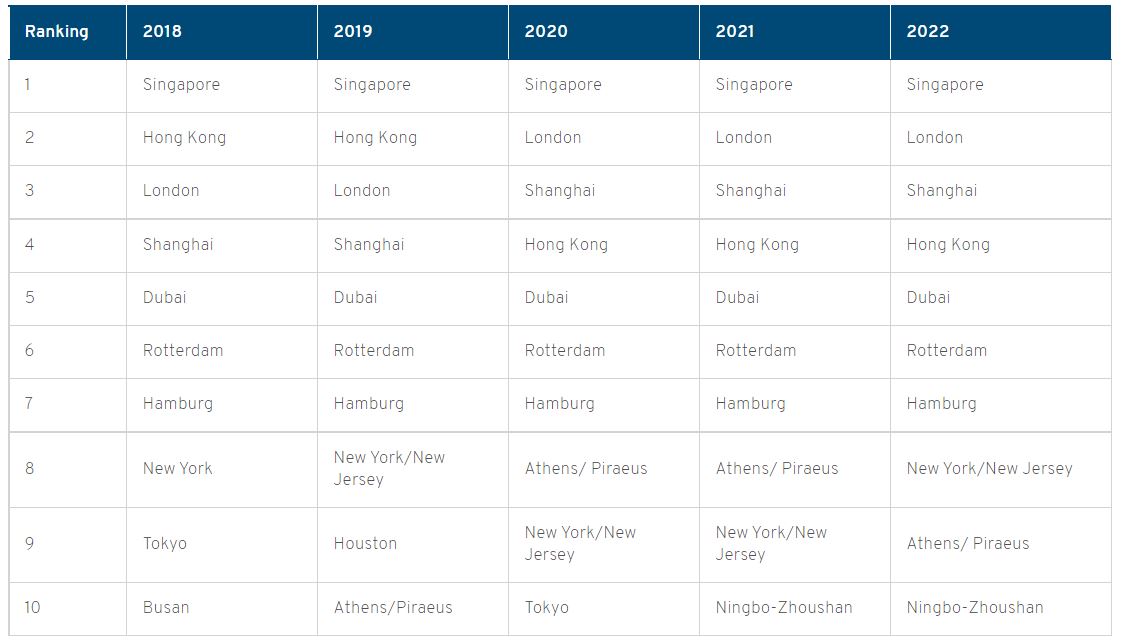A NEW treaty under the International Convention for Safety of Life at Sea (Solas) will impose further administration and regulatory measures on the shipping industry, reports the Borneo Post.
Malaysian Transport Minister Sri Lee Kim Shin said this when launching a briefing on the act with relevant agencies as well as industry players and stakeholders.
‘Malaysia as a member state of this treaty will be audited sometime in June 2023 on effectiveness of its administration and implementation of the mandatory imo (International Maritime Organisation) instruments covered by the scheme.
‘It is important to be prepared to implement and strategise the administration in compliance with the mandatory IMO instruments under the scheme, specifically on the six IMO Conventions,’ he said.
The six mandatory IMO instruments included in the scope of the scheme cover Safety of Life at Sea [The 1974 Safety of Life at Sea Convention (Solas) 1974 and its 1988 Protocol]; Prevention of Pollution from Ships (the Marpol Convention); Standards of Training, Certification and Watchkeeping for Seafarers (STCW 1978); Load lines (LL 66 and its 1988 Protocol); Tonnage Measurement of Ships (Tonnage 1969); and Prevention of Collisions at Sea (Colreg 1972).
‘Thus, the Ministry of Transport Sarawak has been proactively engaging and getting feedback from the relevant stakeholders both from the government agencies and the private sector to be updated on the new development of maritime related matters, which are pertinent to Sarawak,’ Mr Lee said.
He stressed everyone has a role in ensuring compliance with international maritime standards.
‘In Sarawak, five shipyards are in Kuching, 40 in Sibu, one in Bintulu, 12 in Miri, and one in Limbang. Compared to other states in Malaysia, most of the shipyards and shipbuilding activities are dominant in Sarawak. Hence, Sarawak is a significant player in Malaysia’s shipbuilding and ship repair industry,’ he said.
He added that today’s briefing will be a stepping-stone for everyone present to better understand the subject matter.
Source: https://www.seanews.com.tr/imo-treaty-rules-to-be-imposed-on-local-shipping-sector/193713/








